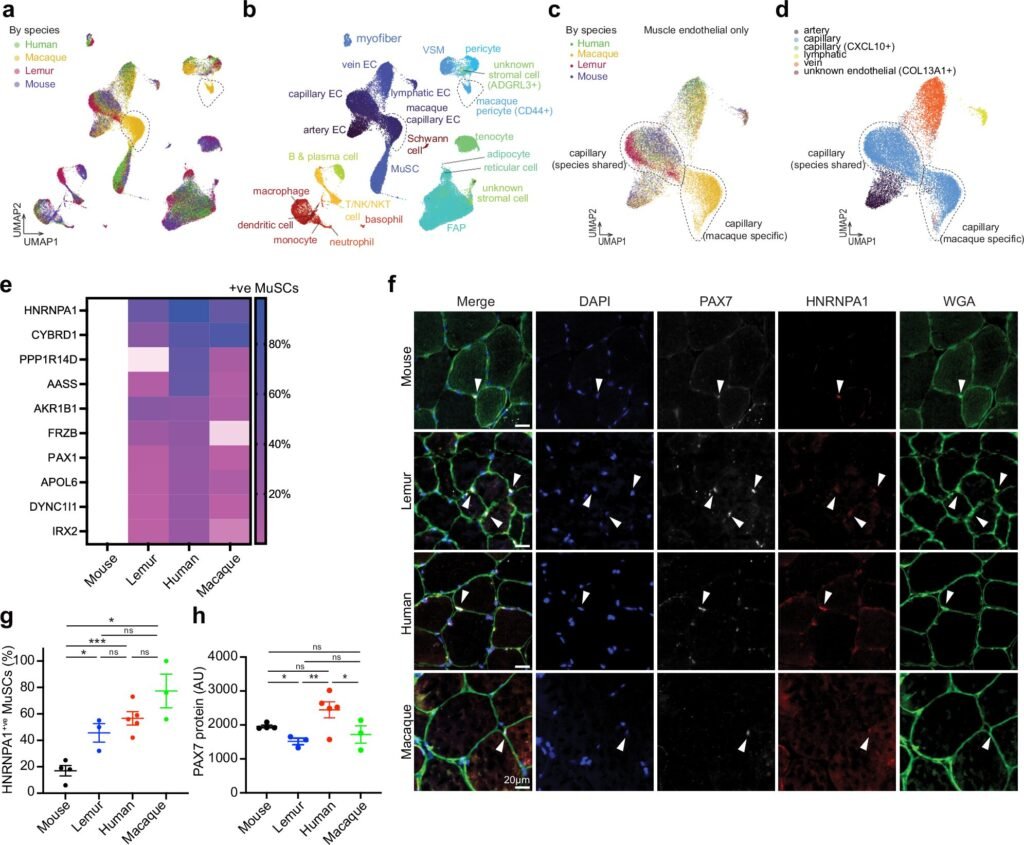Stem cell therapy has long been seen as a promising technology for treating a variety of diseases. However, the challenge lies in translating successful results from laboratory animals to humans. A recent breakthrough in stem cell research may provide a solution to this problem.
Researchers have discovered and isolated adult stem cells from a small primate known as the mouse lemur, native to Madagascar. This finding marks the first time that adult stem cells have been identified in a non-human primate, offering a new model organism for studying stem cell therapies.
The study, published in the journal Nature Communications, revealed that muscle stem cells from mouse lemurs exhibit characteristics more closely aligned with human biology compared to those from mice. These findings could revolutionize the development of stem cell treatments by providing a model that better represents human physiology.
One key difference observed in mouse lemur stem cells is their slower division rate, which mirrors human stem cells. Additionally, researchers identified two new mechanisms that contribute to the functional differences between human and mouse stem cells. By manipulating the levels of spermidine, a crucial compound for cell function, researchers were able to enhance the division capabilities of mouse lemur stem cells.
Furthermore, mouse lemur muscles contain fat cells, a feature not typically seen in mice. This is attributed to the unique ability of mouse lemur mesenchymal stem cells to form fat, producing a protein called Complement Factor D that plays a role in fat accumulation. These findings open up new avenues for targeting diseases and symptoms associated with fat accumulation in muscle tissue.
The use of mouse lemurs as a model organism offers researchers the opportunity to develop stem cell therapies that are more effective and translatable to humans. This discovery brings us closer to treating conditions such as muscular dystrophy and age-related muscle loss, where stem cells play a critical role in regeneration.
Moving forward, researchers aim to explore the optimal delivery methods for stem cells in mouse lemurs and refine treatment protocols. Clinical trials using spermidine as a potential therapy are also on the horizon, demonstrating the promising future of stem cell research in improving human health.
In conclusion, the identification of adult stem cells in a small primate like the mouse lemur represents a significant advancement in stem cell research. By leveraging this new model organism, researchers are poised to develop more effective stem cell therapies that address a wide range of diseases and conditions. This groundbreaking discovery paves the way for a future where stem cell treatments are more tailored and impactful in improving human health and well-being.


